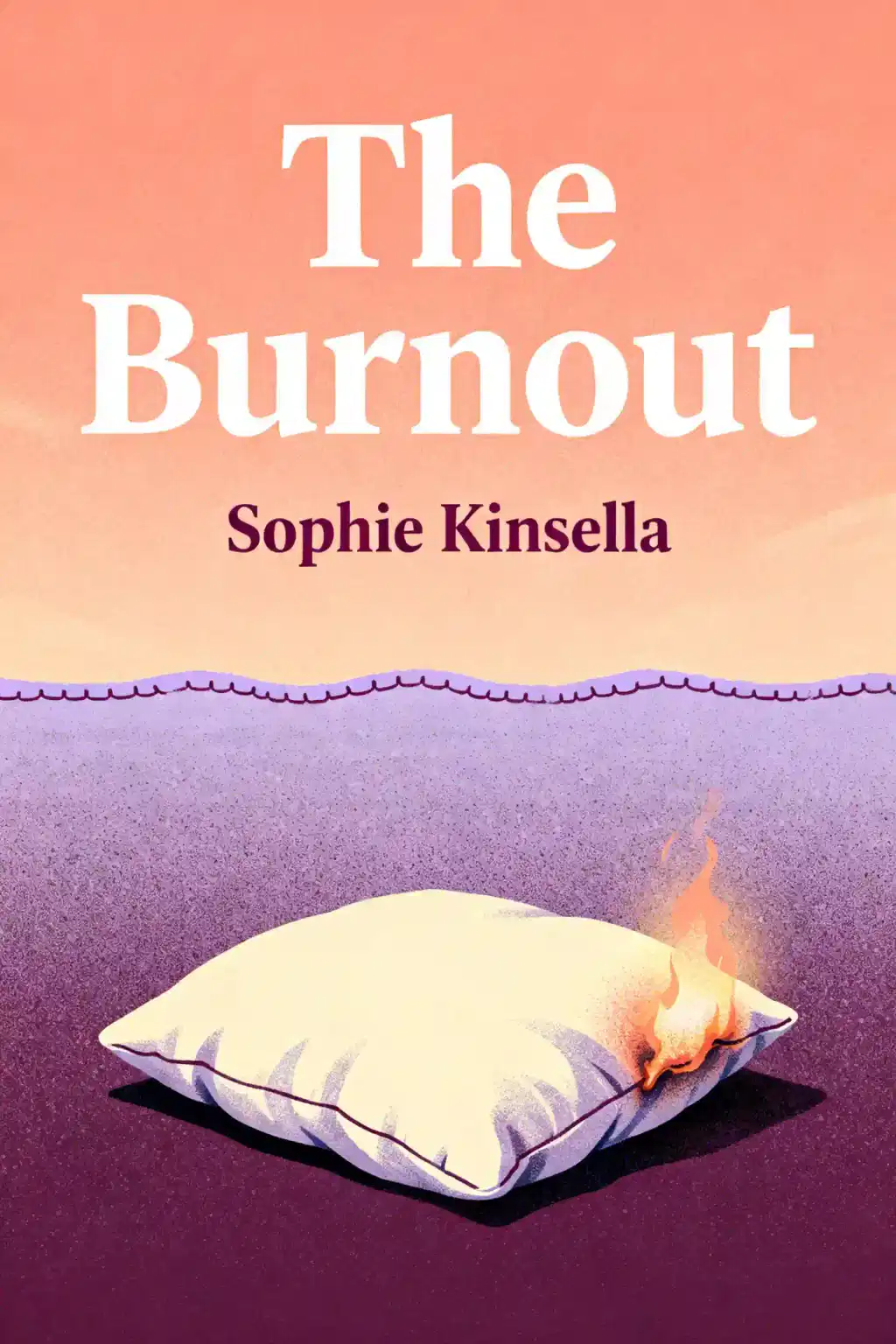
The Happy Life of Isadora Bentley by Courtney Walsh Summary
Overview of The Happy Life of Isadora Bentley
Isadora Bentley's post-pandemic journey from isolation to joy captivates readers with a 4.6-star rating. Can happiness truly be found in solitude? This heartwarming tale by bestselling author Courtney Walsh reminds us that connection might be the missing piece to our contentment puzzle.
Similar books to The Happy Life of Isadora Bentley
Feel the book through the author's voice
Turn knowledge into engaging, example-rich insights
Capture key ideas in a flash for fast learning
Enjoy the book in a fun and engaging way
Quick Summary Mode - Read or listen to The Happy Life of Isadora Bentley Summary in 8 Minutes
Break down key ideas from The Happy Life of Isadora Bentley into bite-sized takeaways to understand how innovative teams create, collaborate, and grow.
Flash Card Mode - Top 10 Insights from The Happy Life of Isadora Bentley in a Nutshell
Distill The Happy Life of Isadora Bentley into rapid-fire memory cues that highlight Pixar’s principles of candor, teamwork, and creative resilience.

Fun Mode - The Happy Life of Isadora Bentley Lessons Told Through 24-Min Stories
Experience The Happy Life of Isadora Bentley through vivid storytelling that turns Pixar’s innovation lessons into moments you’ll remember and apply.
Personalize Mode - Read or listen to The Happy Life of Isadora Bentley Summary in 0 Minutes
Ask anything, pick the voice, and co-create insights that truly resonate with you.

From Columbia University alumni built in San Francisco

Get the The Happy Life of Isadora Bentley summary as a free PDF or EPUB. Print it or read offline anytime.

















